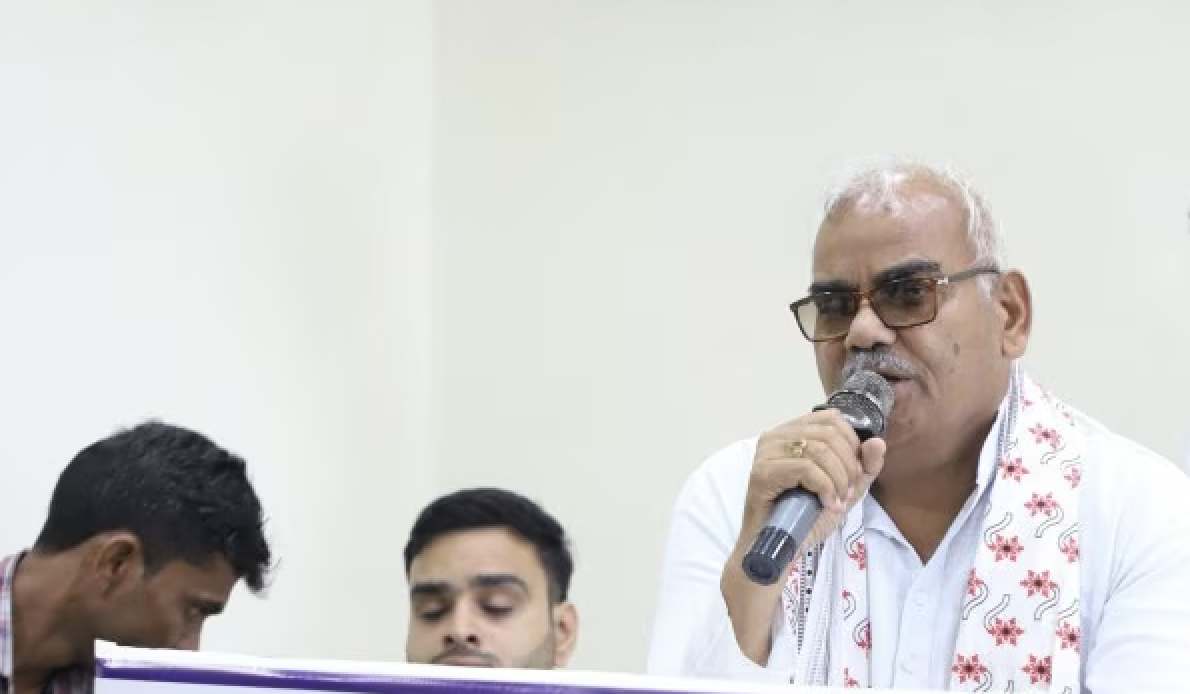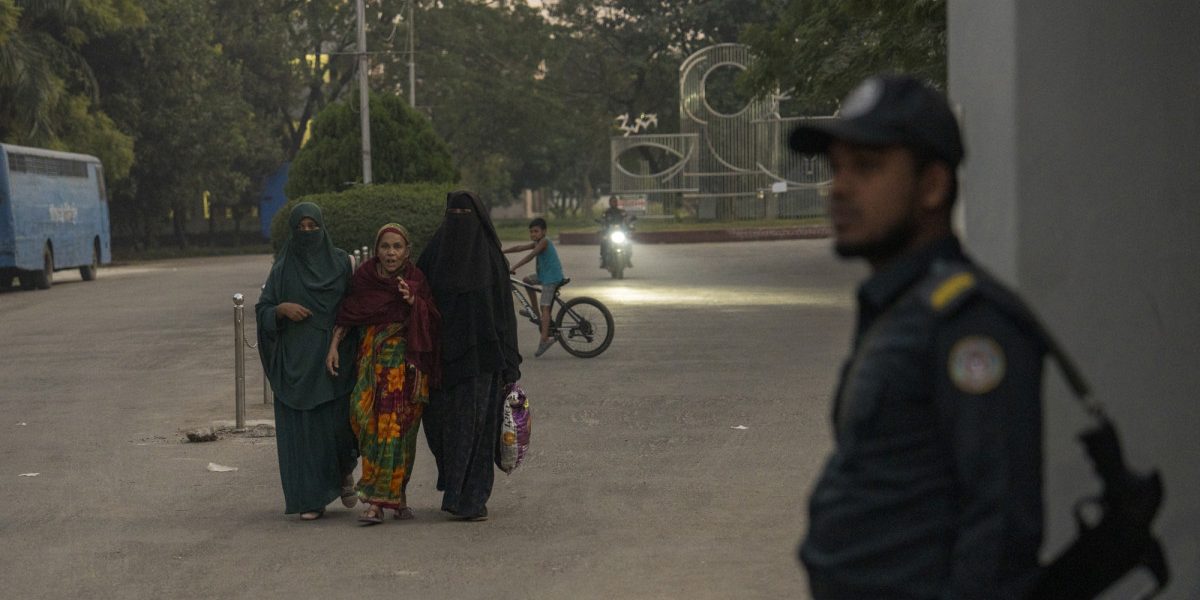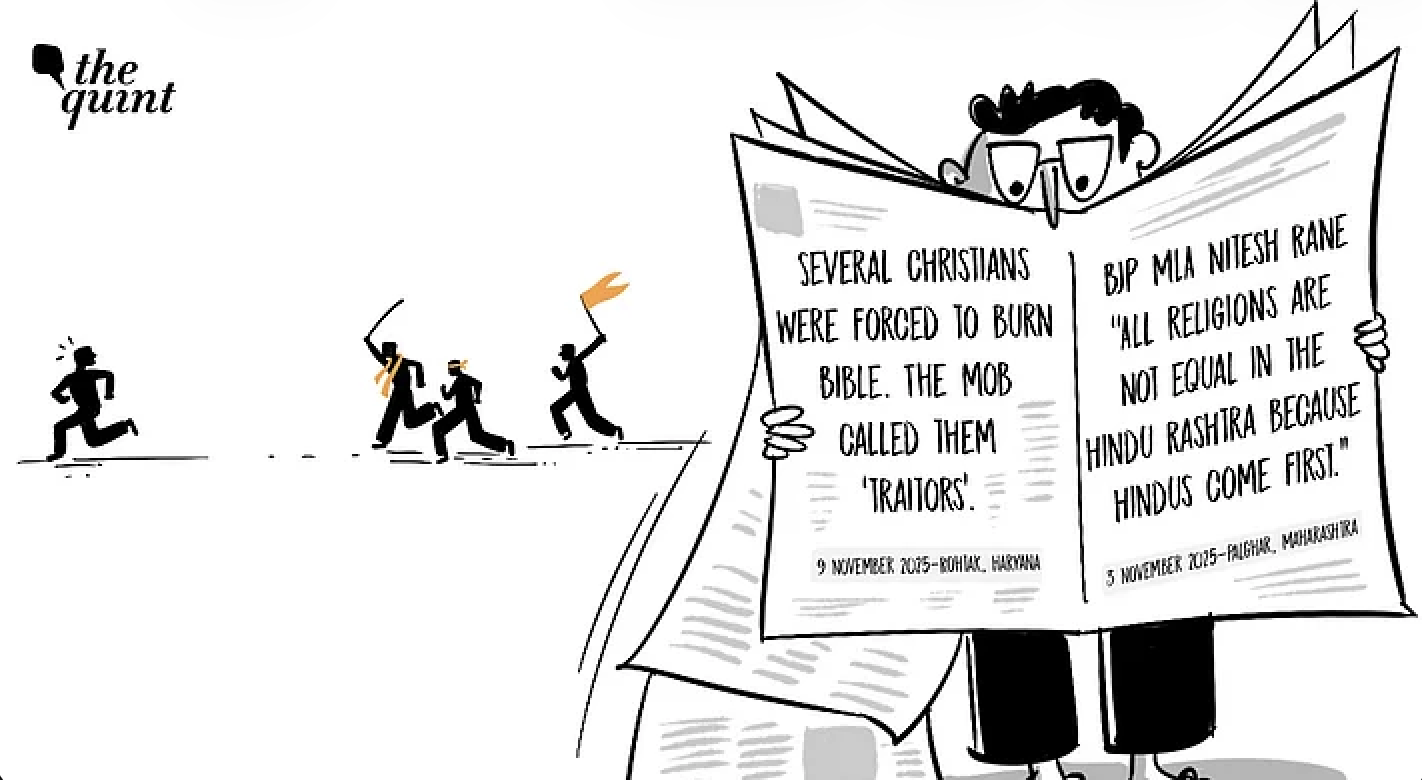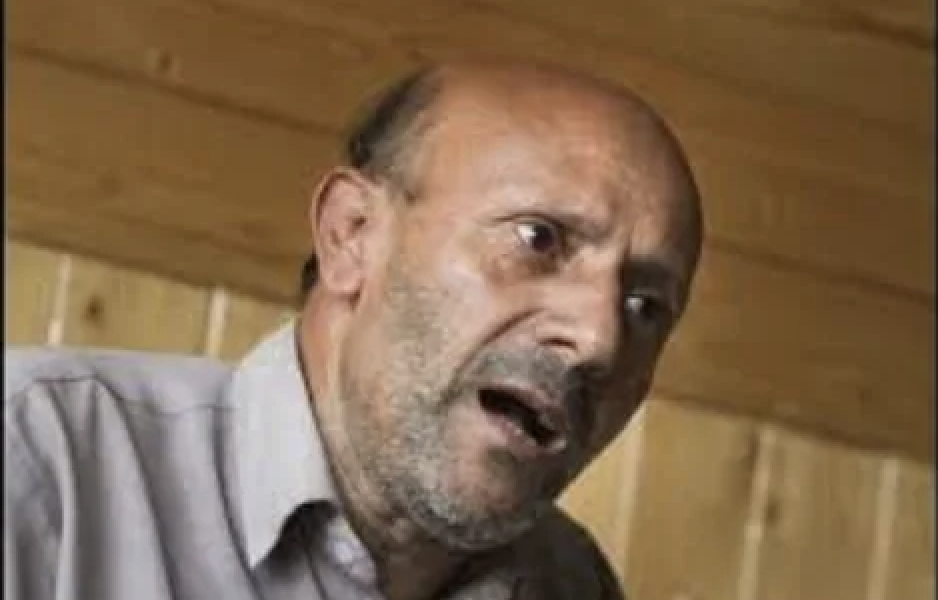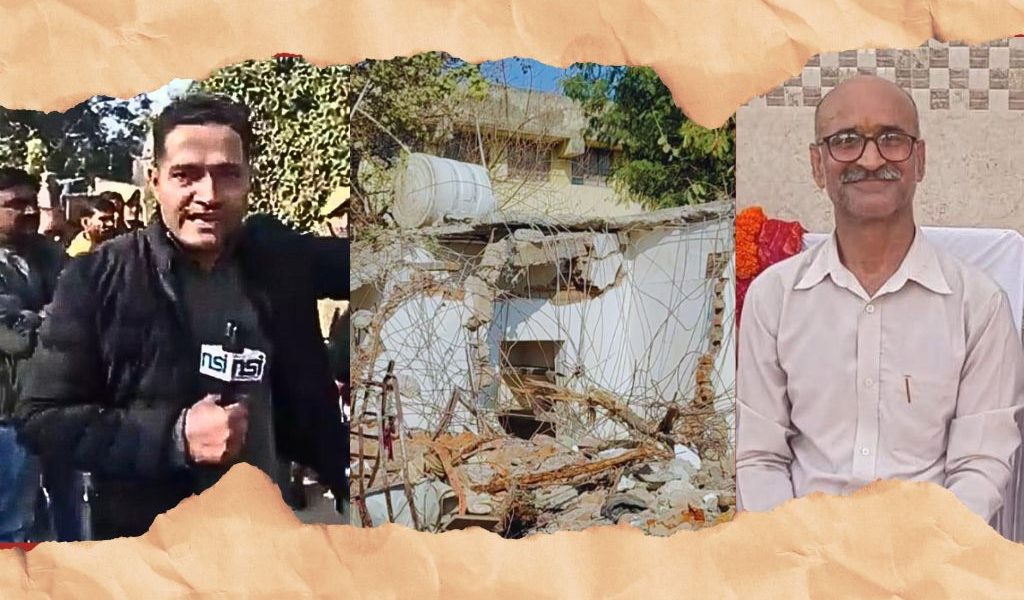
On 1 March, Naveen Patnaik, the chief minister of Odisha, inaugurated the Babasaheb Bhimrao Ambedkar Inter-State Bus Terminus in Bhubaneswar. It was the first time that an infrastructure project in the state had been named after Ambedkar. The inauguration came after the state had seen a few protests by Dalit groups over issues such as displacement caused by state projects and caste atrocities. These groups have also had long-standing demands such as the construction of Ambedkar Bhavans across the state and establishing commissions for Scheduled Castes, Scheduled Tribes and Other Backward Classes. In the absence of addressing substantive questions of social justice, the naming of the bus terminal appears to be a tokenistic gesture, with a clear electoral motive—the state’s Lok Sabha and Vidhan Sabha constituencies began voting on 13 May.
SCs and STs make up almost forty percent of Odisha’s population, as do OBCs. Despite such numerical strength of Bahujan communities, there has not been a robust independent Ambedkarite movement in the state. As the member responsible for labour, irrigation and power in the viceroy’s executive council, during the 1940s, Ambedkar left his imprint on Odisha by developing a policy of multipurpose river projects, including the Hirakud Dam. Today, despite the legacy of Dalit and Adivasi leaders such as Bhima Bhoi and Birsa Munda, it is difficult to find a prominent anti-caste leader or intellectual whose writings question the hegemony of Brahmins and Karana Kayasthas in state politics. The Bahujan Samaj Party has often led the political articulation of social-justice issues, but this has not been far reaching in terms of raising anti-caste consciousness within the state.
Instead, of late, Patnaik’s Biju Janata Dal has been mimicking the Bharatiya Janata Party’s brand of Hindu nationalism. The BJD has promoted an Odia version of religious politics by invoking the cult of Jagannath. These days, chants of “Jai Jagannath” are heard everywhere, from rallies to public functions. The Patnaik government spent Rs 800 crore on building a corridor around the iconic Jagannath temple in Puri, which was inaugurated on 17 January—five days before Prime Minister Narendra Modi consecrated the Ram temple in Ayodhya.
This story was originally published in caravanmagazine.in. Read the full story here.


